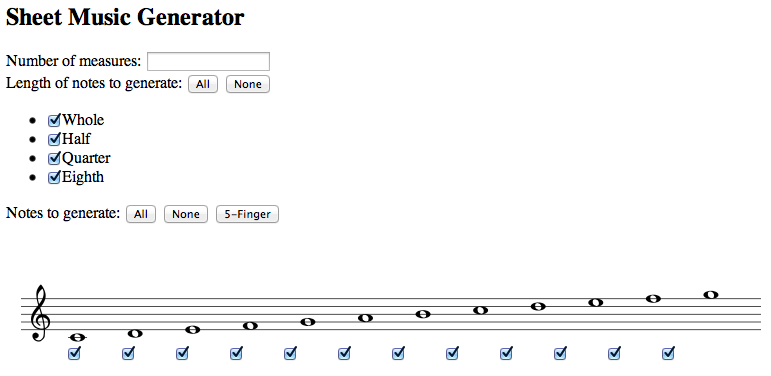 As I noted last week, I’m learning to play the penny whistle with the aid of the book “The Clarke Tin Whistle
As I noted last week, I’m learning to play the penny whistle with the aid of the book “The Clarke Tin Whistle“, which in size is your typical book of sheet music: about 9″x12″ opening up to about 18” wide. Now me, I was trying to use it while sitting at my ease in my recliner. And I’m here to tell you, there’s no way to position the book in your lap so that you can see the pages comfortably while sitting in a recliner holding a penny whistle.
(Yes, I could use a music stand. I have a music stand. I know where it is. But then I’d have to sit up, which is probably better for playing music, and better for my posture, and like that. But I was tired, and I wanted to sit comfortably and tootle.)
(Yes, I know, this is a first world problem.)
So I got a bright idea. A couple of years ago I was having problems with tendonitis in my shoulders, and I got a floor-standing iPad stand to put next to my comfy chair. And my iPad has a camera. So I took a picture of the page with the exercise I was working on, put the iPad on the stand, and voila! I could see the music comfortably.
Of course, that got me thinking. If I took a lot of pictures like this, it was going to become difficult to find the piece of music I wanted. And I figured I couldn’t be the first person to think of this. So I did a little digging around, and it turns out that lots of people keep their sheet music libraries on their iPads, including many professional musicians. There are lots of iPad apps that will manage your sheet music library for you, allowing you to find it when you need it and then displaying it for you; and the most popular, so far as I can tell, is an app called “ForScore“.
I picked up a copy of ForScore for the princely sum of $6.99 (which means I’ve spent a total of maybe $33 dollars on a new hobby that seems calculated to give me countless hours of pleasure) and so far I’m well pleased with it. It will snarf up sheet music in PDF format from almost anywhere: from your computer via iTunes file sharing; from DropBox; from Safari. This latter is almost a killer app for me. I remember when I was learning to play the recorder, going to music stores and pawing through their stacks of music books looking for folk music that was within my skill level. Now, I just go to the web and do a search. There’s lots of traditional music on-line in PDF format; the music itself is out of copyright (if it was ever copyrighted at all); and the tunes have been typeset using music typesetting software by the afficionnados, so the PDFs aren’t copyrighted either. You can just download them and play them. Or, in my case, find them on my iPad in Safari; and then push the “Open In” button to open them in ForScore.
In a very short time I’ve built up a collection of tunes that I know I like that I’d really like to be able to play that will keep my busy for a very long time.
But ForScore isn’t just a fancy PDF viewer; if it were, I could have stuck with GoodReads. It has a number of features that make it stand out: first, it stores the sheet music on your iPad, not out in the cloud. If you’re a professional musician, you’ll appreciate that you’re not dependent on the ‘Net to have access to your music. You can define a variety of metadata for the scores in your collection: composer, genre, etc., so that you can find things more easily. You can define set lists containing any number of tunes; I’ve got one with exercises and one with the tunes I’m currently trying to learn. And it does a number of other things I haven’t even experimented with yet.
ForScore is one the earliest of these programs to be released, and they’ve been improving it ever since. If you’re a musician and you have an iPad, take a look.











